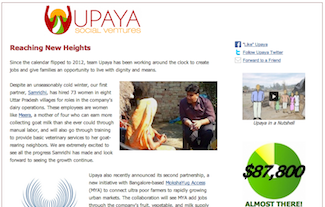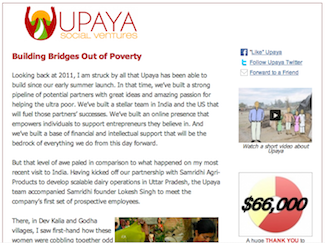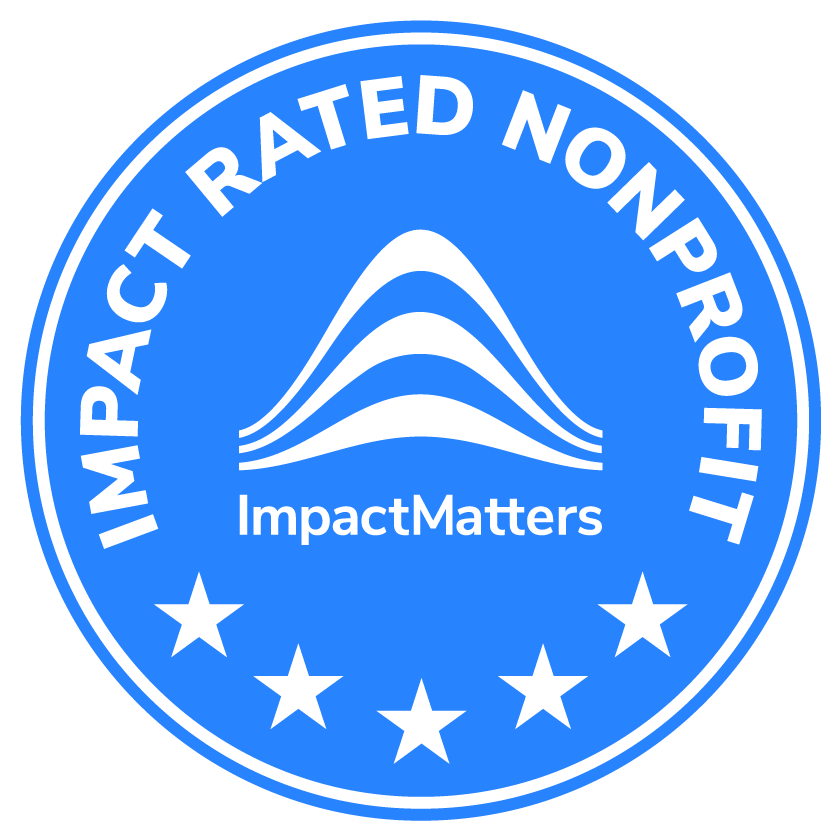The only context many of us have for comprehending the struggle of extremely impoverished families are the images of catastrophes—such as the earthquake in Haiti or the tsunami that destroyed wide swathes of Southeast Asia—that periodically flash across our televisions. Our instinct to give a family enough food, water, and shelter to meet basic needs comes from a place of pure compassion. However, providing help only when people are in desperate need may cloud how we think about helping extremely poor households in the day to day.
There are 1.4 billion households worldwide that are considered “ultra poor.” These households live on less than $1.25 a day not because of a catastrophe, but because systemic breakdown excludes them from earning a reliable income. Organizations spend huge sums of money on developing assistance programs under the assumption that extremely poor families need “rehabilitation” in the form of subsidized support. For example, the organizations provide free food and health care to alleviate households’ most critical needs, to stabilize them, and to prepare them for productive activity. To their credit, these programs have successfully identified effective ways of improving food security, housing quality, health care access, and financial literacy among the ultra poor. However, because they focus on expensive and unrecoverable handouts, the programs are too costly to be able to scale and reach the massive numbers still in need.
This is the challenge we set out to address with the Sorenson/Unitus Ultra Poor Initiative (UPI) in 2008. We saw that with structured intervention, it was possible to provide ultra poor households with the support they needed to make real progress out of poverty. We wanted to develop new, scalable models to accomplish this, knowing full well that we would need to take chances on untested ideas, quickly recognize failures, and adapt as we went along.
Working with five partner organizations in India, we were able to test the fundamental assumption that the ultra poor were somehow “too poor to work” and that they required extensive rehabilitation before they could be productive. We found that productivity itself was often the catalyst for rehabilitation.
Our successful pilots introduced job opportunities early on. With an increase in income, families improved their diets, took advantage of affordable health clinics, and attended skills training sessions. With dependable earnings in place, most people were willing to embrace—and even pay for—support services that traditional models fully subsidized and considered necessary precursors to earning a living. In turn, this change in thinking had a dramatic effect on the per-beneficiary cost of each pilot, and allowed partner organizations to better-leverage limited resources.
An example case is the Equitas Bird’s Nest (EBN) program, which worked with homeless people in the South Indian city of Chennai. The program was designed to find urban housing for these people, subsidize their first six months of rent, and provide food for them, but it struggled to enroll participants. Many potential beneficiaries who relied on income from begging feared that a move from high-traffic areas would severely impact their daily earnings. So EBN modified the program to promote new jobs that allowed participants to work out of their homes—work such as candle making and tailoring—and provided materials once individuals had moved into housing. In just 18 months, all beneficiaries had doubled their household income, had a roof over their heads, and were paying their own monthly rent.
Another partner, Uttarakhand-based Partners in Prosperity (PnP), also experimented with starting income-generating activity before introducing health care and financial literacy support services. Here, too, we saw that households quickly earned enough to meet their basic needs and showed a willingness to pay for quality services. Now able to recoup some of its costs, the PnP team estimates it could reduce the overall cost of its ultra poor program by as much as 80 percent.
One out of every five people on earth experiences persistent, extreme poverty. It is one of the defining crises of our time. Moving past the handout-reliant model may be the key to scaling ultra poor interventions. The good work of our partners has illuminated the possibility of less expensive—even self-sustaining—interventions. And while further work needs to be done to test these concepts, the best way to help the ultra poor is not by giving them a handout, but by giving them an opportunity.
Jim Sorenson is the chairman of the board of trustees of the Sorenson Impact Foundation and is a frequent partner of Unitus Labs on innovative poverty alleviation programs. Sachi Shenoy designed and managed the Sorenson/Unitus Ultra Poor Initiative (UPI) between 2008 and 2011, and is now executive director of Upaya Social Ventures. The Sorenson Legacy Foundation sponsored the UPI.















